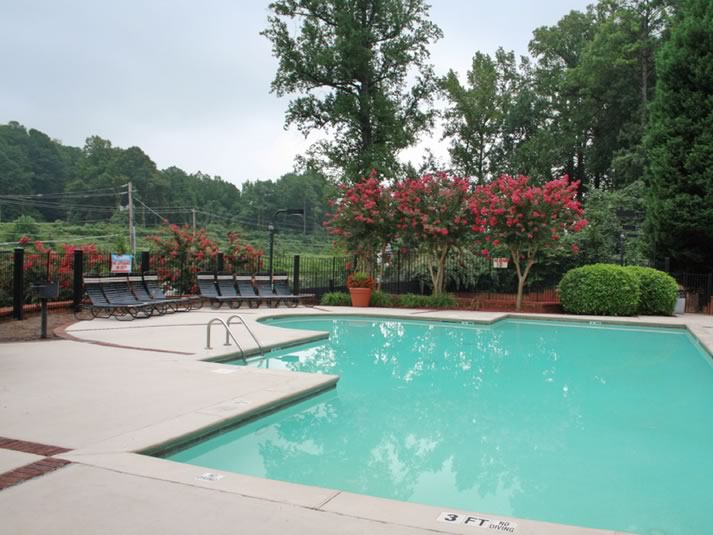

Hearst and his mistress, Marion, retreated to San Simeon while Mrs Hearst put a brave face on and kept up appearances in New York. During the proceedings, it transpired that he'd had a bridge built between The Clarendon and 'The Netherlands' next door to avoid hostile journalists, lawyers and debt collectors! Life in New York had become slightly claustrophobic for the press baron when two frequent visitors to The Clarendon during World War I were unmasked as German spies and he was hauled up to the Senate to explain himself. Other rooms included the Georgian Dining Room, the French Empire Bedroom, and the "South Library," panelled in Tudor and Jacobean oak under a magnificently sculpted plaster ceiling that featured a fireplace dated 1597 with carved figures of Julius Caesar and Augustus removed from what had been the "Oak Parlour" at Gwydir Castle in Wales.įrom 1919, Hearst's attentions switched from his cameo castle in New York to his Californian colossus, Hearst Castle and, his eye also veered from his wife of sixteen years - a former Vaudeville actress 18-years his junior - to his mistress, a Broadway actress 34-years his junior. The walls were draped in huge Medieval tapestries and the 100-foot long room was lined either side by a small army of armored suits from various periods and places.
The clarion apartments full#
The most impressive room was the Gothic Hall/Banquet Hall, that rose up a full three stories to a stone vaulted cathedral-esque ceiling complete with stained glass windows and gargoyles.

The original architect, Charles Birge, made the necessary alterations which included remodelling the roof to allow the top two floors to be bathed in natural light. MacDonald refused, but no matter: Hearst promptly slapped down $950,000 and bought the whole block! He then took over the two floors beneath him and created a 5-story home - as lofty as any castle - that immediately became the largest apartment in New York City. In 1913, having picked up a Medieval tapestry of castle-size proportions that he was particularly pleased with, Hearst asked for permission to raise his ceilings in order to accommodate his new acquisition. Occupying a whole city block, it is still packed full of treasures, still owned by the Hearst Corporation, but closed to researchers.īefore he started work on Hearst Castle in 1919, his 'apartment' at The Clarendon was both a home where he and his wife loved to entertain as he still vied for political power, but most of all it was a shrine to his treasures. His purchases - that on one occasion included an entire 11th Century Spanish monastery taken down brick-by-brick - were shipped over to his 5-story warehouse maintained by a staff of 30 at 387 Southern Boulevard in the Bronx. Hearst made it a daily habit to pour over the sales catalogues that came through his door displaying pages of treasures salvaged from various ruinous, crumbling piles across Europe. Hearst had an insatiable appetite for art and antiques, and though dealers such as Charles Duveen grimaced at his lack of taste, they could not ignore his deep pockets.


 0 kommentar(er)
0 kommentar(er)
